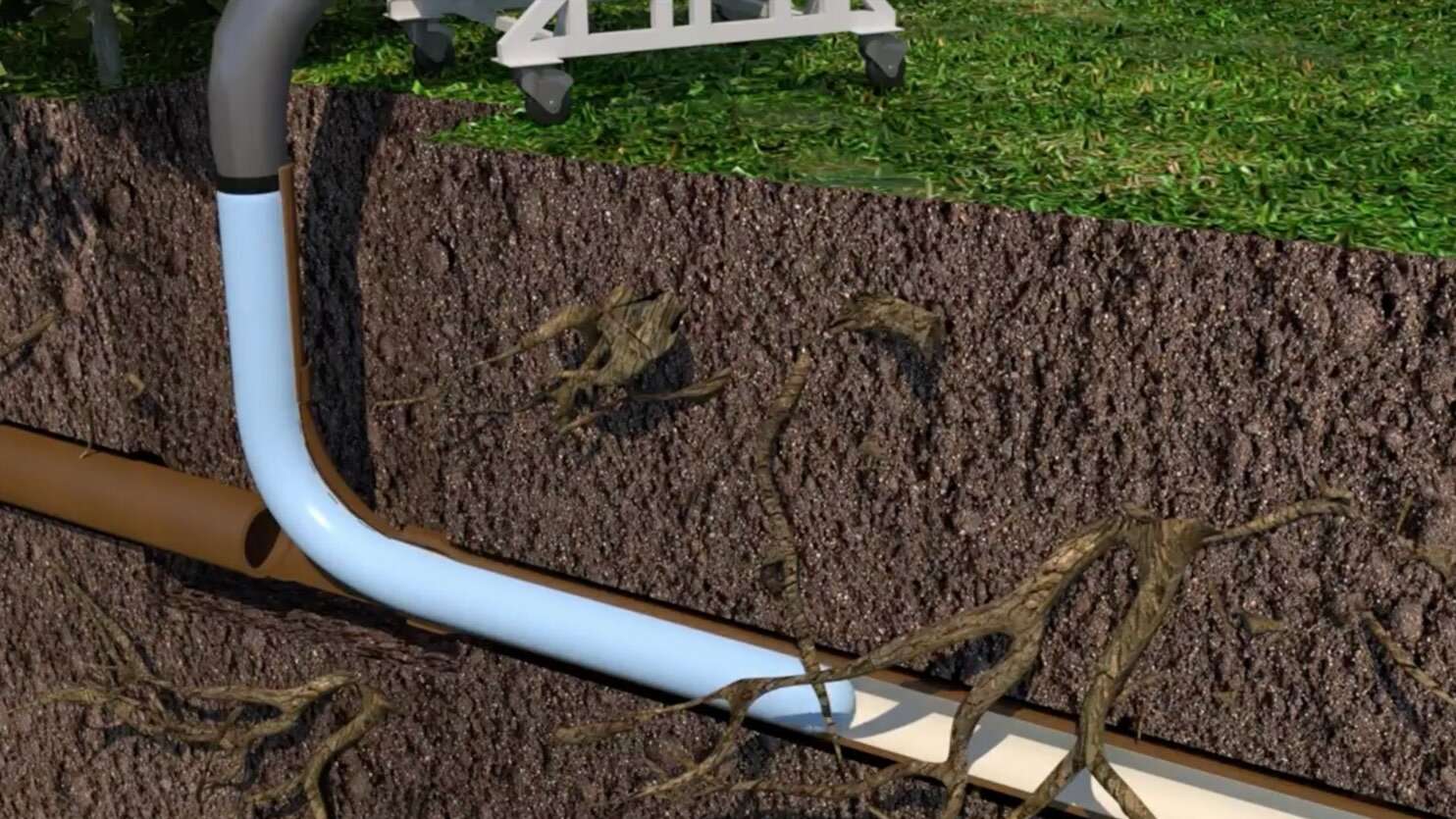There are several methods of trenchless sewer repair. These techniques include pipe bursting, pipe lining, directional drilling, and sliplining. Listed below are some of the main differences between these methods. To better understand how they work, let’s explore these methods in more detail. In addition to pipe bursting, these methods may also involve the use of a bursting head, which allows rooters to pull a new sewer line into place.
Pipe lining
Trenchless sewer repair techniques reduce the amount of excavation needed to fix damaged pipes. Plumbing companies originally developed methods such as pipe bursting and sliplining, and now they are incorporating pipe lining into these methods. Sliplining involves using a smaller pipe carrier to replace cracked or broken pipe sections. A plumber then pulls the fully constructed carrier pipe through the cracked or broken pipes, rerouting water and sewer lines through the newly lined pipes. Hire best Trenchless Pipe Lining & Rehabilitation Company in CA.
CIPP lining is much more efficient in longer pipes because the material is flexible and does not wrinkly. For long pipe runs over 100 feet, pipe coatings would be inefficient. CIPP lining is also widely accepted by governing bodies. However, one drawback of pipe lining is its limited efficiency in shorter pipes. The material also cannot stretch around bends without wrinkling, which will lead to friction as waste is carried through the pipe.
Pipe bursting
Pipe bursting is a process that allows a licensed plumber to replace old pipes without having to dig a trench. Using a pipe head that’s bigger than the existing pipe, a licensed plumber pulls the old pipe through a small access hole. The old pipe is then broken up, and a new one is installed along the same path as the old one. Because the new pipe is seamless, it fits any size sewer line.
Pipe bursting is an effective method of sewer repair that eliminates the need for digging. It is an excellent solution for larger pipes and takes less time than other methods. It doesn’t use epoxy or resin, and it doesn’t require excavation of the ground. Because pipe bursting is completely safe, this method is ideal for lateral repairs. It will also eliminate the risk of exposure to harmful materials that are found in the ground.
Directional drilling
In the case of a blocked or leaking sewer line, you can have the pipes repaired and coated using an epoxy coating. These coatings can last anywhere from 40 to 60 years and create a barrier against future leaks. Moreover, trenchless sewer repair is environmentally friendly since no chemicals are used during the procedure. Using a proprietary process, TrenchFree professionals clean, dry, and line the inside surface of the pipes with a durable epoxy lining. Another application of directional drilling involves the installation of utilities in any location, causing minimal disruption to the surrounding property.
In trenchless sewer repair, directional drilling is performed by digging a tunnel several feet below the existing sewer line. Usually, directional drilling is used in extenuating circumstances. Moreover, directional drilling is more cost-effective than traditional pipe installation. Additionally, it saves time and labor costs compared to traditional pipe installation. But you should be aware of the risks associated with this method. You need to know the risks and benefits of directional drilling before making a decision to use it.
Sliplining
Pipe bursting is one method of trenchless sewer repair. The plumber will pull a new pipe through an old one, breaking it apart and forcing the soil around the new pipe to fit. This process is more environmentally friendly than sliplining, which requires the use of chemicals for grouting. If the old pipe is made of cast iron, this method may be more suitable. But, if you have any doubts about its effectiveness, here are some pros and cons of pipe bursting.
In sliplining, a new pipe of the same diameter as the existing pipe is threaded through it. The ends are sealed with grout, forming a solid seal between the new entrants and the old pipe. Another technique, CIPP, involves introducing a flexible felt liner that has been soaked in epoxy or resin. Once this pipe is placed in the existing pipe, it is grouted to create a smooth surface.



